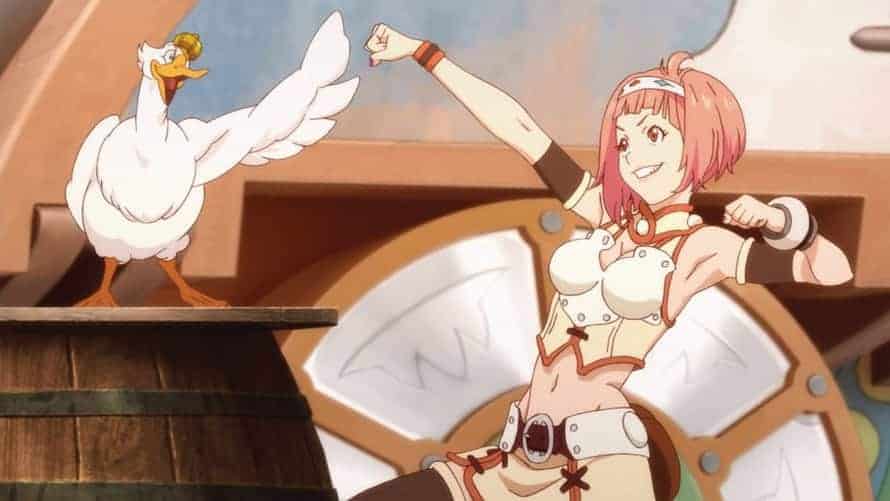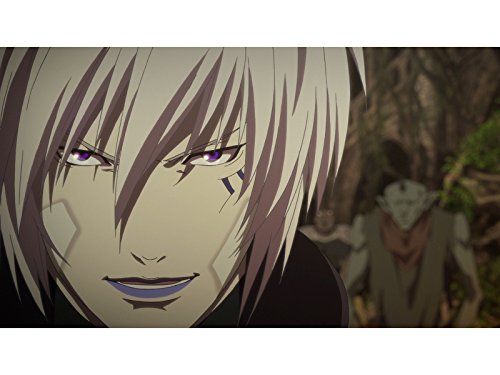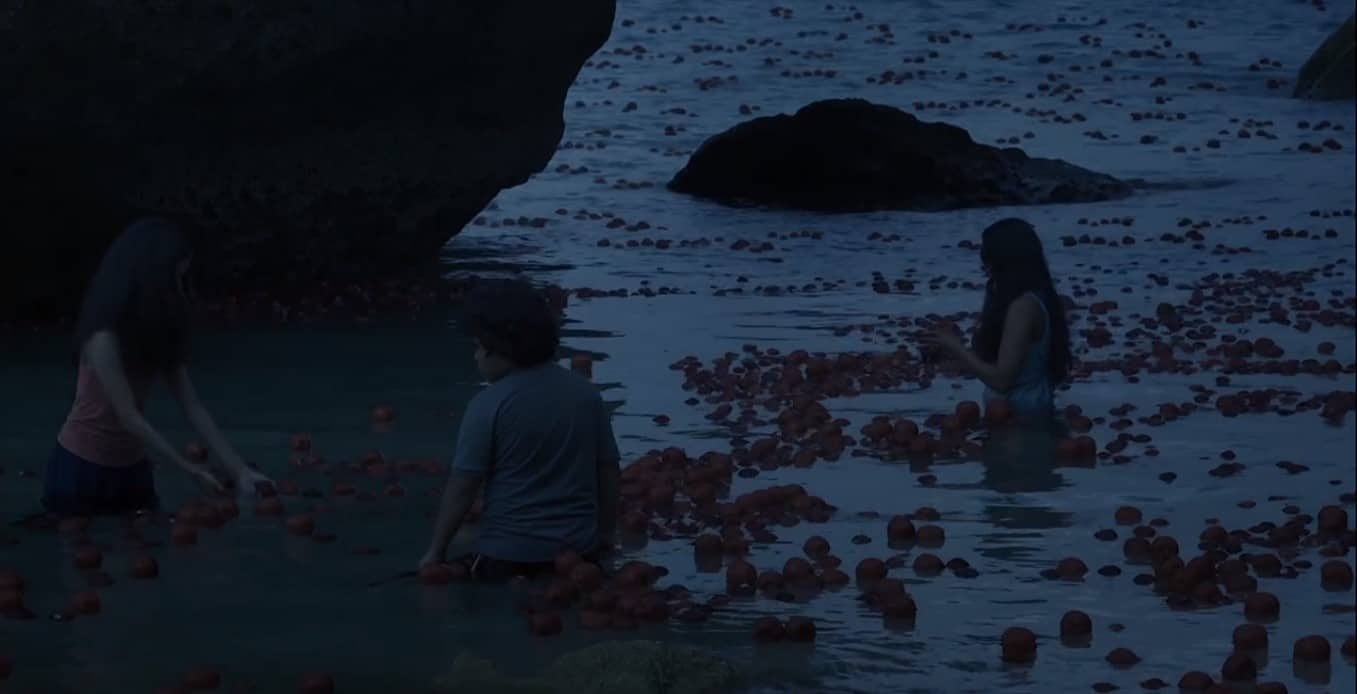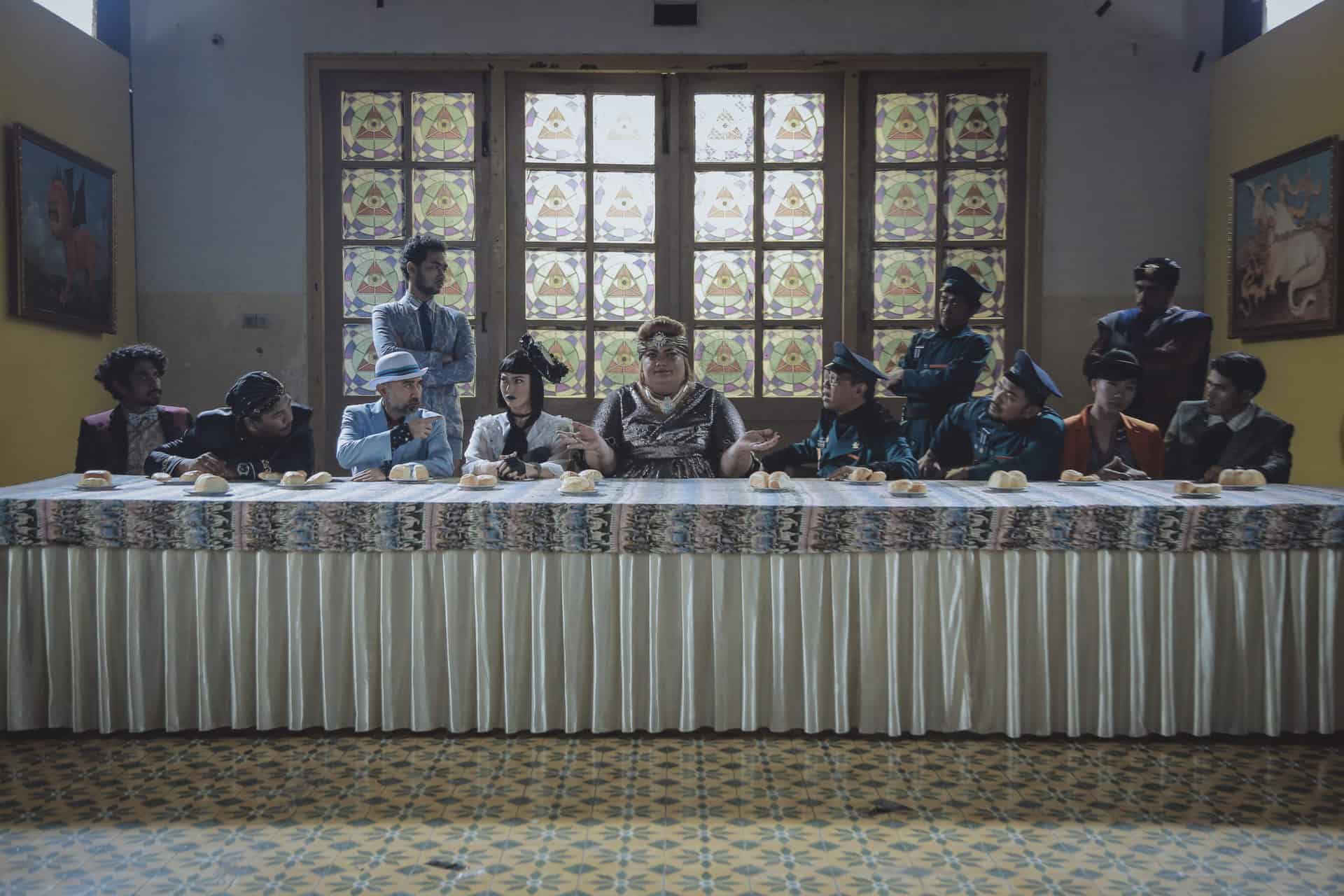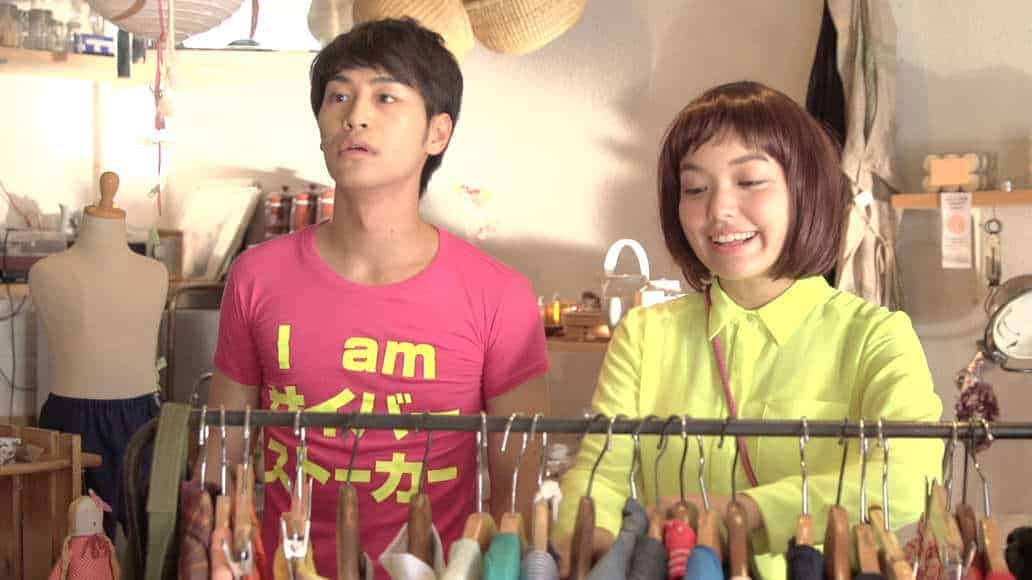Set ten years after the events of “Genesis“, “Virgin Soul” retains some of the elements of the initial series, but in toned down/more mainstream fashion.
Watch This Title
In the current timeline, Charioce XVII, the new King, has raged war against both Gods and Demons, and has managed to almost completely win against the latter, enslaving the majority of them and using them for the humans' benefits. Under his rule, humanity has prospered significantly, but on the shoulders of the now decrepit demons. The sole problem in the capital seems to be the Rag Demon, a mysterious character soon revealed to be Azazel, who has been killing slave traders and causing a number of problems. Charioce has tasked the Orleans Knights, who are now headed by Kaisar, to catch and kill him, but they have failed repeatedly, since another mysterious individual, Mugaro, is intervening. Repeatedly disappointed, Charioce tasks his newly formed Onyx Task Force with catching the criminal, a group that seem to have intense magic powers. Right when the combined forces of everyone involved are about to bring the demon down, the sudden appearance of a terrible red dragon disrupts their plans once more. This dragon is soon revealed to be Nina, the actual protagonist of this part, a girl from a village who cannot stand being around beautiful men, and has attached herself to Bacchus and Rita, who are still roaming the city, despite the lack of bounties. As a number of secrets are revealed and plot twists take place all around, the characters of the first season also reappear, while Charioce's actions lead humanity to an inevitable clash with every other race.
The first issue with the second season is the change of protagonists. Nina Drango has some things going on for her, being a dragon, not being able to handle herself around beautiful men and falling in love with the one person she should not, but her presence, despite her occasionally sensual appearance is much more girly and teenage-friendly than the Favaro and Rita duo of the first season. This aspect is intensified by her overall bubblegum appearance and coloring, with the pink hair and the white complexion, an appearance that extends, to a point at least, to the other new protagonist, Charioce. The presence of the Onyx Task Force, Azazel, and Rita, give a necessary darker tint to the title, but the premises remain that of colorful cheerfulness, in complete contrast to the medieval aesthetics of the first part.

At some point, around episode ten, the appearance of Jean and her dark, rather dramatic and biblical story brings a level of gravity in the otherwise cheerful narrative, with her arc being probably the most interesting in the season.
Furthermore, at 24 episodes, Keiichi Sato had the opportunity to analyze his characters more than in the 12 of the first season, revealing their back-stories and secrets with a pace that allows him to retain the agony and subsequently the interest for almost the whole duration of the series. On the other hand, the romantic aspect is stretched a bit too much and actually faults the overall quality of the narrative.

Where the anime, once more, truly thrives, is in the action scenes, with both the small scale and the large ones being excellently directed, animated, and in general presented, in the same epic style of the first season. The presence of dragons, Mugaro, the angels (who really get in the action this time), the Akira-esque weapon, and the general sense of despair that characterizes at least one side each time are truly impressive to behold, and in essence, the element that makes the title stand out.
Although the adult-oriented, culture/religious combining aspects of the first season are toned down, “Virgin Soul” remains an impressively drawn, animated and directed title that will definitely satisfy all fans of the sword and magic category.


